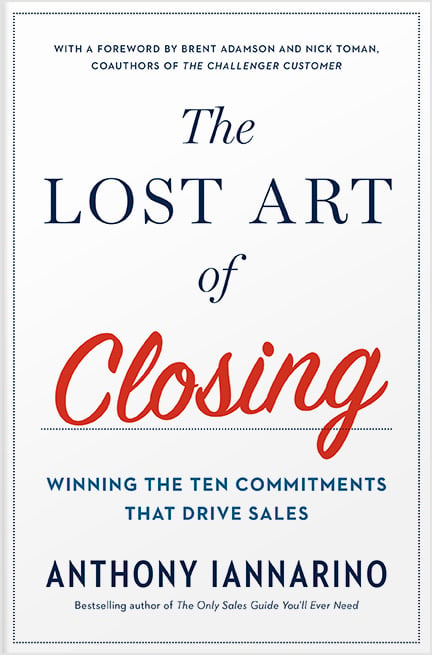The current thinking on sales is that your client is either unaware of the need to change or already motivated to change, something we might have described as either dissatisfied or satisfied. Naturally, salespeople prefer their dream clients be good and discontented, as it reduces the difficulty of making a sale.
A lot of sales strategies developed over the last decade have started with the premise is that your dream client is not likely to be dissatisfied and requires help in understanding their world and the better results available to them. Rather than view the state as binary, it’s better thought of as a continuum. For our purposes here, I am going to use four points along a path from content to dissatisfied.
Oblivious
These prospects are wholly unaware that they should be dissatisfied and are not the least bit concerned about their results or their future. They aren’t aware of the forces that should be causing them to change, and because they are unconcerned, they hold the most dangerous position possible: business as usual.
It takes time and effort to help bring the awareness to prospects who are oblivious, and they don’t often greet your attempts to wake them with anything that resembles gratitude. Sometimes you will be greeted with contempt for shining a light on areas of their business they’d prefer not to look at, as doing so would require them to change.
Your business acumen and situational knowledge have to increase both awareness and concern to create an opportunity to explore change.
Aware, Not Concerned
I once had a client that was aware that what they were doing was wrong, and no matter how much I shared with them about how awful their future was going to be unless they changed, I couldn’t compel them to do what they needed to do to help themselves until it was too late. After three years of making the case and sharing the changes they needed to make, the bottom fell out of their business—despite my persistence.
Some of your prospects will know their world is changing without being concerned enough to take action. In some cases, they don’t believe anything can harm their business and that what impacts others will not damage their results. Others will avoid concern because of politics, lack of will to make a change or lack of knowledge around making that change. A few will prefer to hand the future challenges over to their successor, riding out their time.
Here your insights, ideas, and business acumen must be deployed in increasing concern to create an opportunity.
Aware, Concerned
A good portion of your prospects and dream clients are going to be highly engaged in their business and both aware of the changes that should be causing them to change and concerned about what it means for their business. These prospects are already awake and turned on, and because this is true, the goal of sharing insights and ideas needs to shift from creating awareness and concern to proving you have the subject matter expertise to help them explore change and determine how they should change (for more on Exploring Change, see The Lost Art of Closing: Winning the 10 Commitments That Drive Sales).
No more pushy sales tactics. The Lost Art of Closing shows you how to proactively lead your customer and close your sales.
One might assume that your dream clients at this stage are easier to win because they are already aware and concerned. I would that were true, but it is not. It’s more difficult for your dream clients to make change in their organization, and because complex sales require some level of consensus, it takes more time and effort. If you are working on a competitive displacement (i.e., stealing a customer from your competitor), it’s even more difficult.
Here you have to explore change, compel action, and build consensus.
Motivated to Change
Occasionally, the stars align in your favor and you come across a prospective client who is aware they need to change and highly motivated to do so. In the modern age of sales, we do so little prospecting that we rarely find these opportunities, especially when one suffers from the belief that they can rely on inbound and that their competitors have their dream clients locked down forever, something that, given a long enough timeline and persistence, is always proven to be false.
Even when the stars align, you still have to do the difficult work of selling—and creating a preference to work with you, your company, and your solution. Your insights and ideas need to position you as the right partner to help your dream client move from their current state to a better future state.
It can be tempting to try to approach these prospects by making the case that you are the right partner, but you are better proving that you are the right partner by helping them design and envision that future, providing a roadmap of how to achieve that better future, and helping them make the internal sale.
If you want to motivate your dream client to take action, it is helpful to match your approach to what they need from you to do so.








.jpg?width=768&height=994&name=salescall-planner-ebook-v3-1-cover%20(1).jpg)


